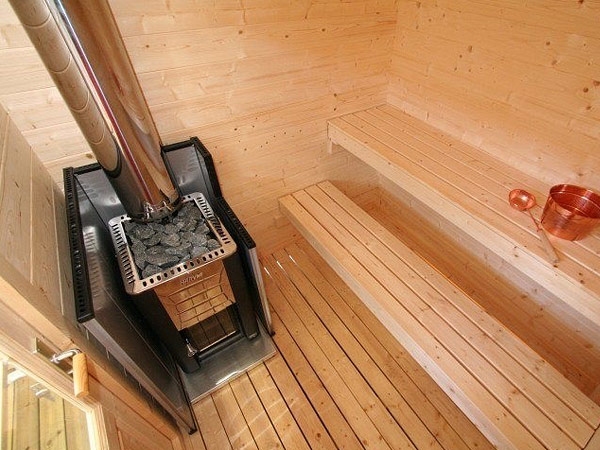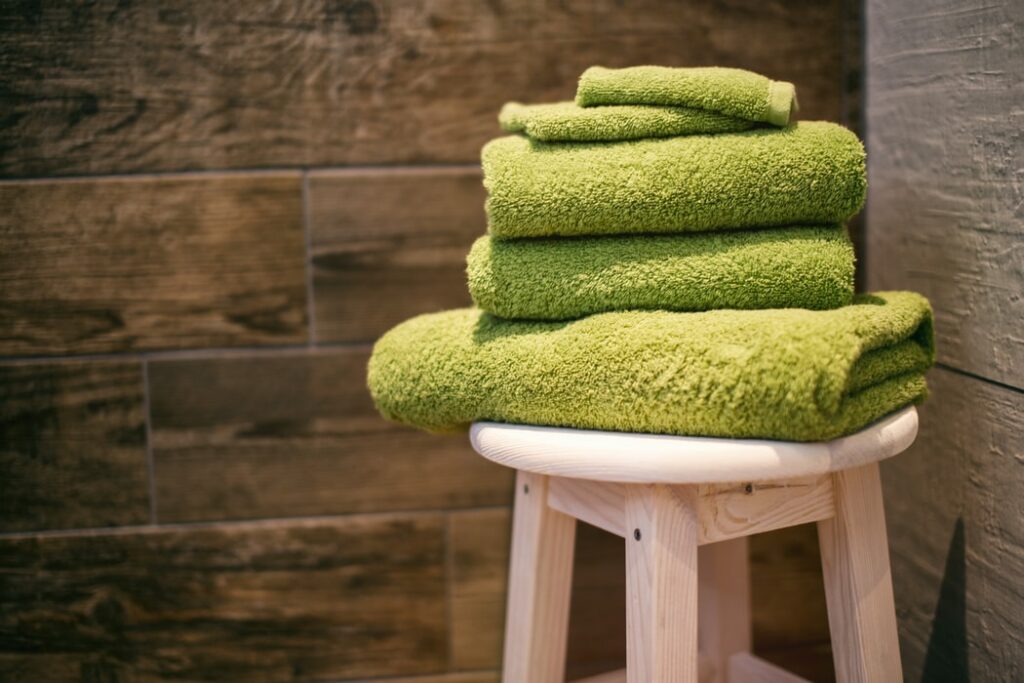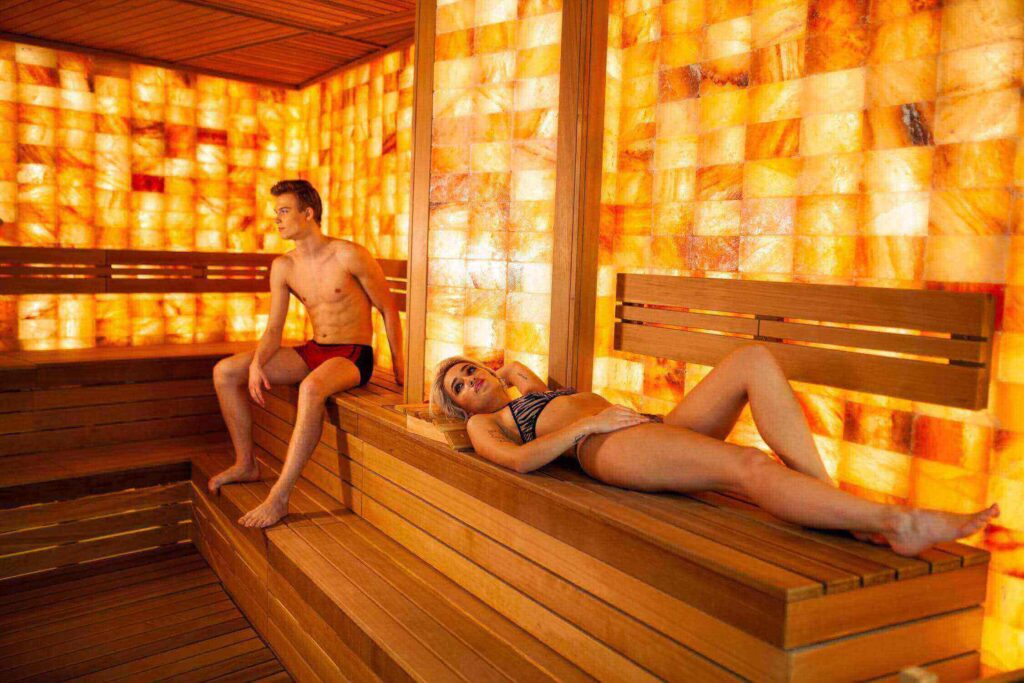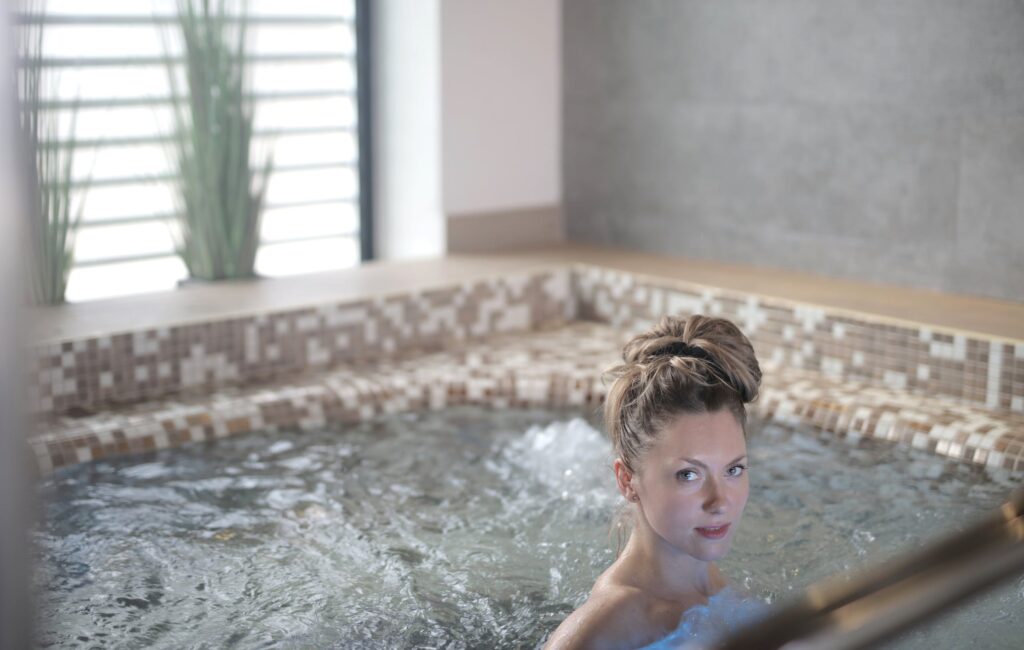Have you ever visited a traditional sauna and been curious about the substance used to produce the enticing heat? The answer can be found in the primary material used to build the sauna: the type of wood used for the project. The sauna experience can be optimised in aesthetics and practicality by carefully selecting the type of wood utilised. What kind of wood is traditionally used to construct saunas? Most traditional saunas are built from one of three trees: cedar, hemlock, or pine. Woods are selected for their durability, tolerance to heat and humidity, and, in some cases, their pleasant aroma, all of which contribute to the overall sauna experience. Cedar's inherent resistance to rot and insects is particularly beneficial to sauna buildings.
The world of sauna woods is intriguing and not limited to the three common options listed above. There are many types of highly sought-after wood, each with its advantages and benefits. Learning about the many wood choices available might help one make a well-informed selection while preparing for a sauna build. Different types of wood have different effects in a sauna, from the familiarity of spruce and redwood to the novelty of hemlock and aspen. Are you prepared to take a deeper whiff of sauna woods?
Expert advice from people who know a thing or two about saunas can shed light on the pros and downsides of different woods. Explore the fascinating world of sauna woods to build a sauna sanctuary that will last generations and take relaxation to new heights. There's an exciting new chapter in store for your sauna trip.
How To Pick The Right Wood For Your Sauna?
The durability, performance, and overall experience of a sauna are greatly influenced by the type of wood used in its construction. The sauna's ability to resist the high heat, humidity, and frequent temperature variations typical of sauna conditions depends on the type of wood used to construct it. This article discusses what matters most when selecting sauna wood and what kinds of wood are typically utilised.
Importance of Resistance to High Temperatures, Humidity, and Rapid Temperature Changes
It is crucial to use wood that can survive a sauna's extreme humidity and heat. If the wood used in a sauna isn't carefully selected, it may bend, crack, or deteriorate due to its severe heat, high humidity, and fast temperature variations. Cedar and hemlock, both naturally resistant timbers, are highly favoured because of their capacity to withstand these circumstances without deteriorating.
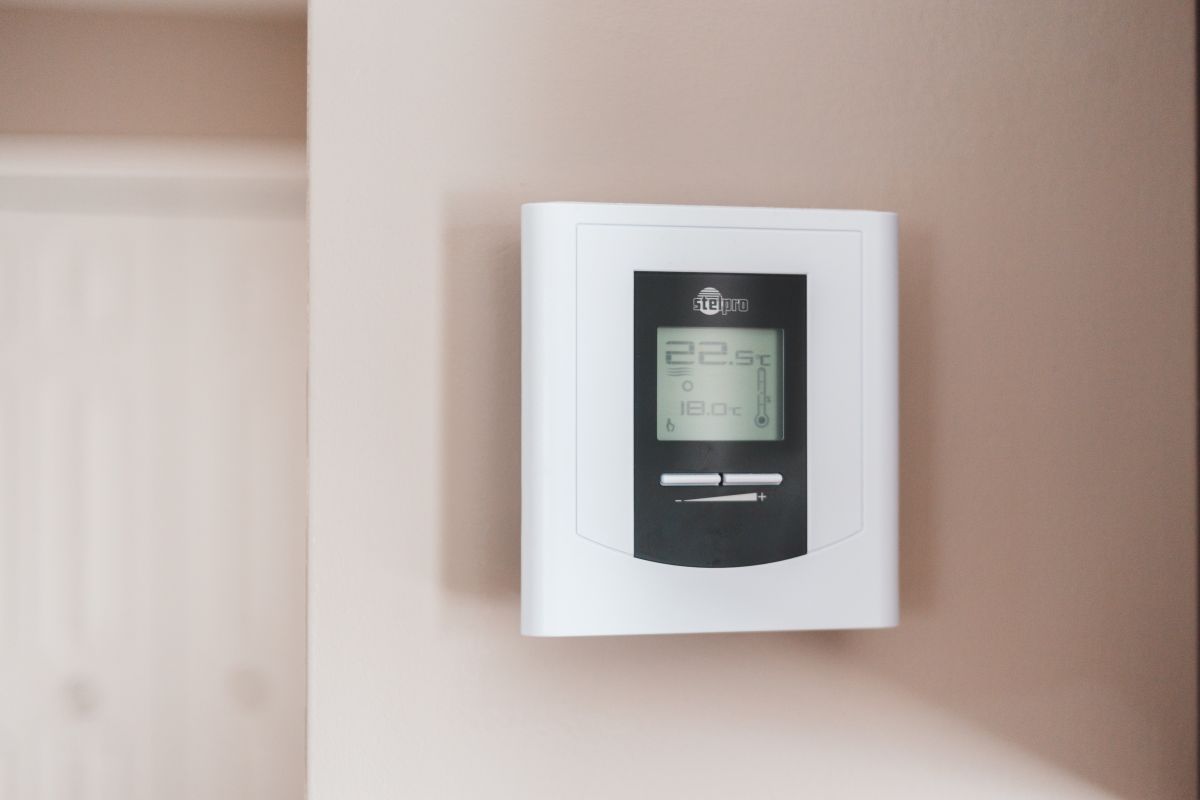
Effects on Longevity and Upkeep
The type of wood you use affects how long your sauna will survive and how much upkeep it will need. Choose high-quality, long-lasting wood for your sauna to reduce the frequency of repairs and replacements. In addition, using the proper wood helps lessen the likelihood of mould, mildew, and other problems common in damp settings. Sealing, cleaning, and even light sanding regularly can extend the life of your sauna.
Types Of Wood We Use For Saunas
Some saunas are made with use in mind while others are designed with aesthetics in mind. As an illustration, think about how sauna benches are built; they need to be crafted from wood species that can withstand high temperatures and are resistant to the corrosive effects of glue. Materials used in the construction of a sauna must be able to endure the high temperatures and high humidity found within the sauna itself. There are two main schools of thought when it comes to sauna design: those that put an emphasis on functionality, and those who favour aesthetic appeal.
Magnolia
The tulip tree, or magnolia, is a member of the pine family; its bark has a distinctive pattern that resembles the ash and radiata pine. Sauna benches, interiors, and exteriors benefit greatly from their low density and other desirable properties. This wood, found in some regions of North America, has a beautiful, high-end appearance thanks to its wide boards and dark hue, both created through thermal treatment.
Common Aspen
The common aspen is a deciduous tree native to Europe, Asia, and northern Africa. It is a member of the Willow family. It doesn't emit resin, splinter, or grow too hot, making it a perfect material for sauna benches. Light in colour with a smooth texture, it is ideal for painting and can be used for indoor and exterior walls due to its versatility. Various natural and thermally modified aspen sauna interior components are available from us.
Common Alder Or Black Alder
Wood from the common alder, often called black alder, is commonly used as a finishing material in saunas due to its warm red colour and smooth texture. This deciduous, evergreen tree is a member of the birch family and can be found in the cooler regions of Europe, southwest Asia, and northern Africa. We use alder to make a wide range of sauna interior components, some of which feature thermally changed or brushed finishes.
Scots Pine
Scots pine, a member of the pine family of conifers, is frequently used for the exterior walls of saunas. Grown in both Europe and Asia, it is the most common type of pine tree. We also supply sauna materials in natural, untreated Scots pine, which can be thermally modified to create a unique appearance. The wood's natural pattern may be brought out using a unique brushing technique.
American Ash Or White Ash
The American ash is a native North American tree that lives for many years and sheds its leaves each winter. The wood it yields is high quality, lasting through repeated use, and functional and aesthetically pleasing as an outside sauna wall material. Our thermally treated ash darkens to a handsome brown and can be rubbed to bring out its unique grain pattern for a truly unique appearance.
Radiata Pine
A member of the pine family, the radiata pine is a type of conifer. Due to its rapid growth and high quality, it is one of the most often farmed coniferous species. The lack of knots makes this wood ideal for sauna seats because it won't split, overheat, or emit resin. Interior and exterior panelling might benefit from wide boards, brushing to accentuate the natural pattern and a darker tint from thermal alteration.
Popular
Poplar is soft and pale yellow; it has a smooth texture and belongs to the willow family. Like aspen (Populus tremula), native to the Northern Hemisphere, this wood is also perfect for sauna benches and interiors because it doesn't splinter, secrete resin, or get too hot. The wide boards and thermal modification create a cosy, abundant aesthetic appropriate for interior and exterior walls.
Eucalyptus: Rare but Interesting
Eucalyptus is another hard and long-lasting timber alternative, albeit extremely uncommon. Eucalyptus has been utilised for cabinets for quite some time. This high-quality wood is inexpensive compared to teak yet shares many of its characteristics.
Indoor Vs. Outdoor Saunas
Health advantages from either an indoor or outdoor sauna are, to a large extent, interchangeable. The availability of space, the owner's schedule, and the budget all play larger roles in determining whether a pool should be indoors or outdoors. As with any choice, there are benefits and drawbacks to each potential outcome here.
Unless they are specifically designed for use with wood, outdoor saunas need to be wired in. Only some people can go this route because heaters must be plugged in. However, an outdoor sauna provides greater opportunities for unique design and customization. These saunas are an excellent option for those who prefer detoxing in a public setting.

However, the possibilities for installing an indoor sauna are significantly more flexible and typically only require hooking up to the home's existing electrical infrastructure. The house also acts as a barrier, shielding the sauna from the elements. It is recommended to check with the maker of an indoor sauna for specific dimensions. Many opt to have their infrared saunas placed in spare rooms or even bathrooms. It is crucial to study the particular sauna that will be placed, regardless of whether it will be indoors or outside.
How To Keep Your Sauna's Wood In Good Condition?
A sauna is more than simply a place to unwind; it's a sanctuary for physical and mental renewal. If you want your sauna to last for many happy years, you need to treat the wood it's made of with the respect it deserves. Here, you'll learn everything you need about sauna wood care and maintenance to keep your sauna in pristine condition for years.
Regular Cleaning:
Sauna wood requires minimal upkeep, but regular cleaning is one of the most important things you can do. Sweating in a sauna is normal, but the wood can become stained and soiled from years of use. Wooden surfaces like benches, walls, and floors should be cleaned regularly with a gentle brush or microfiber cloth. This method keeps the wood clean and shiny for as long as possible.
Preventing Moisture Damage:
Wood is extremely susceptible to damage from water. Since saunas tend to be humid, taking precautions against water intrusion is important. Allowing your sauna to air out between uses is an easy way to maintain healthy ventilation. As a result, the likelihood of mould and mildew growth will decrease as excess moisture is removed. Use a hygrometer to keep track of the humidity in your sauna; you want it to be between 10 and 15 per cent for the best results.
Sealing for Protection:
Sauna wood must be sealed before use to prevent damage from moisture and other elements. For best results, use a sauna-grade wood sealer. Follow the manufacturer's directions for applying the sealant, paying special attention to benches, backrests, and other surfaces that will absorb sweat. Regularly sealing the wood protects it from moisture and brings out its natural beauty.
Treating with Sauna Oil:
Sauna oils are created to absorb deeply into the wood, nourishing and bringing out its original hue. Applying sauna oil to your sauna's wood regularly keeps it in good shape and from drying out. Please put on the oil lightly and spread it around to absorb it. This method keeps the sauna looking good and makes it more pleasant to use by eliminating splinters.
Inspecting for Wear and Tear:
Always keep an eye out for damage to the wood in your sauna. Inspect the area for any signs of damage, such as cracks, splinters, or worn sealant. Get on top of these problems right away to stop any further damage. To preserve the wood in pristine condition, it is vital to sand down rough areas, reapply sealant, and perform any necessary repairs.
Avoid Harsh Cleaning Agents:
Avoid using any abrasive cleaners or chemicals on the wood in your sauna. Only use gentle, natural cleansers to keep the wood's protective sealer and surface intact. Grime can be safely removed from wood using water and vinegar or a mild wood cleaner.
FAQs About Sauna
The use of treated wood, such as pressure-treated lumber, within saunas is generally discouraged due to potential health and safety concerns. Treated wood is subjected to a chemical treatment process that helps protect it from decay and insects. However, the chemicals used in this process can pose risks when exposed to the high temperatures and humidity levels found in saunas.
When heated, treated wood has the potential to release harmful fumes that could compromise the air quality inside the sauna and, subsequently, the well-being of individuals using it. To ensure a safe and enjoyable sauna experience, it's recommended to use untreated wood that is naturally resistant to heat and moisture. This choice eliminates the risk of chemical off-gassing and contributes to a healthier sauna environment.
Yes, there are eco-friendly wood options that are well-suited for sauna construction, and bamboo is a notable example. Bamboo is celebrated for its sustainability as a rapidly renewable resource. When used in saunas, bamboo offers several benefits that align with environmentally conscious practices.
Bamboo's natural properties include resistance to heat and moisture, making it a durable choice for sauna environments. Additionally, bamboo boasts a distinctive appearance that adds a touch of uniqueness to the sauna's interior design. By selecting bamboo for your sauna project, you not only contribute to environmental sustainability but also create a sauna space that reflects your commitment to both aesthetics and responsible.
The thickness of the wood used for sauna walls is an important consideration in ensuring optimal heat insulation and structural integrity. The typical thickness for sauna wall wood ranges from 1 1/2 to 2 inches. This thickness is chosen to strike a balance between heat retention and effective insulation.
Thicker wood panels contribute to better heat retention, helping the sauna maintain a consistent and comfortable temperature. Moreover, the sturdy nature of thicker wood enhances the durability and stability of the sauna's structure. By adhering to this recommended thickness range, you can create a sauna that not only offers a cozy and relaxing atmosphere but also upholds safety and long-term functionality.
The use of reclaimed wood in sauna construction is an intriguing and environmentally conscious choice that can infuse your sauna space with character and history. Reclaimed wood carries a sense of nostalgia and uniqueness, as each piece may have a story to tell from its previous life. However, before incorporating reclaimed wood into your sauna project, it's essential to take specific precautions.
Reclaimed wood can sometimes be coated with paints, finishes, or chemicals that were used in its original context. When exposed to the heat of the sauna, these substances can potentially release toxins into the air, posing health risks to sauna users.
To mitigate this concern, it's crucial to thoroughly clean and prepare the reclaimed wood before installation, ensuring that it is free from any hazardous substances. By following proper cleaning and preparation procedures, you can enjoy the aesthetic appeal of reclaimed wood while maintaining a safe and health-conscious sauna environment.
The choice between vertical and horizontal paneling in sauna design can significantly influence the visual impact and ambiance of the sauna space. Vertical paneling involves arranging wood boards vertically along the walls, while horizontal paneling arranges them horizontally. Each option offers distinct aesthetic qualities and contributes to the overall atmosphere of the sauna. Vertical paneling can create a sense of height and spaciousness within the sauna.
The vertical lines draw the eye upward, making the room feel taller and more open. This choice can be particularly effective in smaller sauna spaces where enhancing the perception of space is desirable. On the other hand, horizontal paneling lends a sense of coziness and tradition to the sauna. The lines of the wood boards run parallel to the floor, creating a sense of stability and grounding. This choice is well-suited for those who prefer a classic and intimate sauna environment. Ultimately, the decision between vertical and horizontal paneling hinges on your personal aesthetic preferences and the overall design goals you have for your sauna space.
Conclusion
Traditional saunas are built from three types of wood: cedar, hemlock, and pine. These woods are chosen for their durability, tolerance to heat and humidity, and pleasant aroma, which contribute to the overall sauna experience. Cedar's inherent resistance to rot and insects is particularly beneficial to sauna buildings.
There are many types of highly sought-after woods available, each with its advantages and benefits. Learning about the many wood choices available might help one make a well-informed selection while preparing for a sauna build. Different types of wood have different effects in a sauna, from the familiarity of spruce and redwood to the novelty of hemlock and aspen. Are you prepared to take a deeper whiff of sauna woods? Expert advice from people who know a thing or two about saunas can shed light on the pros and downsides of different woods. Explore the fascinating world of sauna woods to build a sauna sanctuary that will last generations and take relaxation to new heights.
Indoor and outdoor saunas offer various health benefits, but the choice depends on factors such as space, schedule, and budget. Outdoor saunas require wiring, while indoor saunas can be installed without, allowing for more flexibility and customization. Outdoor saunas offer unique design and customization, making them ideal for those who prefer detoxing in public settings.
To maintain the wood of a sauna, it is essential to regularly clean and maintain its condition. Sweating in a sauna can cause staining and soiled wood, so it is essential to clean surfaces with a gentle brush or microfiber cloth. Preventing moisture damage is crucial, as saunas are highly susceptible to water intrusion. Allowing the sauna to air out between uses helps maintain healthy ventilation and reduces the likelihood of mold and mildew growth.
Sealing the wood before use is essential for protection, using a sauna-grade wood sealer to protect the wood from moisture and other elements. Applying sauna oil to the wood regularly helps maintain its natural beauty and prevents drying out. Inspecting for wear and tear is crucial, as it can indicate cracks, splinters, or worn sealant. Addressing these issues promptly is crucial to preserve the wood's pristine condition.
To avoid harsh cleaning agents, use gentle, natural cleansers to maintain the wood's protective sealer and surface. Grime can be safely removed from the wood using water and vinegar or a mild wood cleaner. By following these guidelines, you can ensure the longevity and beauty of your sauna, making it a sanctuary for physical and mental renewal.
Content Summary:
- The answer can be found in the primary material used to build the sauna: the type of wood used for the project.
- The sauna experience can be optimised in aesthetics and practicality by carefully selecting the type of wood utilised.
- Most traditional saunas are built from one of three trees: cedar, hemlock, or pine.
- Woods are selected for their durability, tolerance to heat and humidity, and, in some cases, their pleasant aroma, all of which contribute to the overall sauna experience.
- Cedar's inherent resistance to rot and insects is particularly beneficial to sauna buildings.
- The world of sauna woods is intriguing and not limited to the three common options listed above.
- There are many types of highly sought-after wood, each with its advantages and benefits.
- Learning about the many wood choices available might help one make a well-informed selection while preparing for a sauna build.
- Different types of wood have different effects in a sauna, from the familiarity of spruce and redwood to the novelty of hemlock and aspen.
- Expert advice from people who know a thing or two about saunas can shed light on the pros and downsides of different woods.
- Explore the fascinating world of sauna woods to build a sauna sanctuary that will last generations and take relaxation to new heights.
- There's an exciting new chapter in store for your sauna trip.
- The durability, performance, and overall experience of a sauna are greatly influenced by the type of wood used in its construction.
- The sauna's ability to resist the high heat, humidity, and frequent temperature variations typical of sauna conditions depends on the type of wood used to construct it.
- This article discusses what matters most when selecting sauna wood and what kinds of wood are typically utilised.
- It is crucial to use wood that can survive a sauna's extreme humidity and heat.
- If the wood used in a sauna isn't carefully selected, it may bend, crack, or deteriorate due to its severe heat, high humidity, and fast temperature variations.
- Cedar and hemlock, both naturally resistant timbers, are highly favoured because of their capacity to withstand these circumstances without deteriorating.
- The type of wood you use affects how long your sauna will survive and how much upkeep it will need.
- Choose high-quality, long-lasting wood for your sauna to reduce the frequency of repairs and replacements.
- In addition, using the proper wood helps lessen the likelihood of mould, mildew, and other problems common in damp settings.
- Sealing, cleaning, and even light sanding regularly can extend the life of your sauna.
- Some saunas are made with use in mind while others are designed with aesthetics in mind.
- As an illustration, think about how sauna benches are built; they need to be crafted from wood species that can withstand high temperatures and are resistant to the corrosive effects of glue.
- Materials used in the construction of a sauna must be able to endure the high temperatures and high humidity found within the sauna itself.

